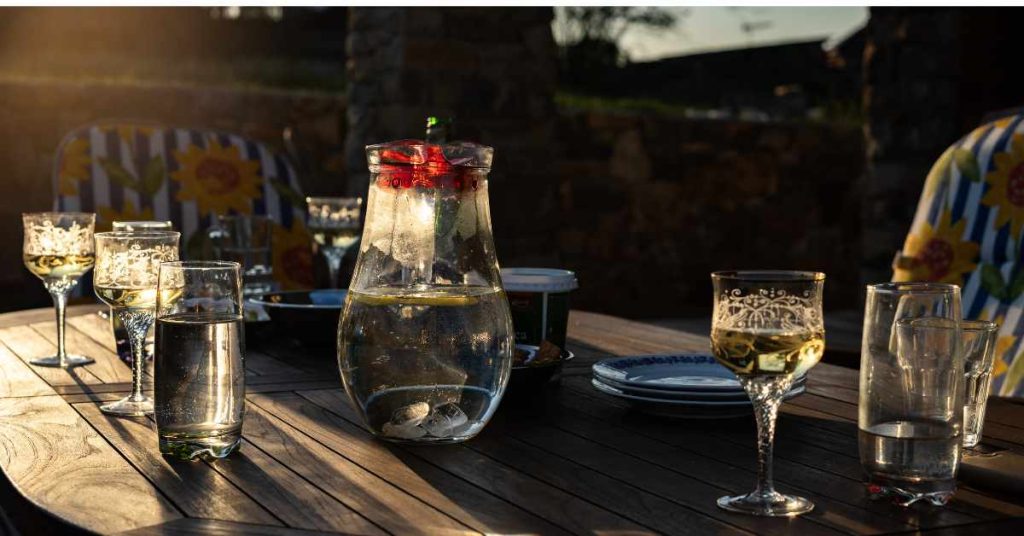The History of Dining
Dining is an essential part of human life, and it has a rich history that has evolved over time. From ancient times to modern-day, dining has undergone numerous changes, reflecting the changing attitudes and lifestyles of people throughout history. In this article, we will explore the history of dining through three different eras: ancient times, the middle ages, and the modern era.
Ancient Times: Eating and Feasting
In ancient times, dining was more than just a way to satiate hunger; it was a social activity that reflected one’s status in society. In ancient Greece, for example, dining was a formal affair, with guests sitting on couches and being served by slaves. The Romans, on the other hand, had elaborate banquets that were meant to impress guests and showcase their wealth.
In ancient Egypt, dining was also a social activity, but it was more egalitarian, with people of all social classes eating together. The ancient Egyptians had a custom of feasting on special occasions, such as birthdays, weddings, and religious festivals. Food was served in large quantities, and the guests were encouraged to eat as much as they could.
Middle Ages: The Rise of the Banquet

During the Middle Ages, dining became more elaborate, with the rise of the banquet. The banquet was a grand feast that was often held in honor of a special occasion or guest. It was a way to impress and entertain guests, and it became a symbol of power and wealth.
In medieval times, dining was also a way to display one’s social status. The higher the social status of a person, the more elaborate and luxurious their dining experience would be. The common people, on the other hand, had simple meals that consisted of bread, cheese, and vegetables.
Modern Era: From Fast Food to Fine Dining
In the modern era, dining has become more varied and accessible to people from all walks of life. Fast food restaurants have made dining on the go easier and more convenient. At the same time, fine dining has become more elaborate and sophisticated, with celebrity chefs and Michelin-starred restaurants offering exquisite culinary experiences.
The modern era has also seen the rise of a more health-conscious approach to dining, with people opting for organic and locally sourced ingredients. Dining has become more than just a way to satisfy hunger; it has become a way to express one’s identity and values.
Conclusion: The History of Dining
The history of dining is a reflection of the changing attitudes and lifestyles of people throughout history. From ancient times to modern-day, dining has evolved from a social activity that reflected one’s status in society to a more inclusive and diverse experience that caters to people from all walks of life. Whether it is fast food or fine dining, dining continues to be an essential part of human life, bringing people together and reflecting our cultural values and traditions.
